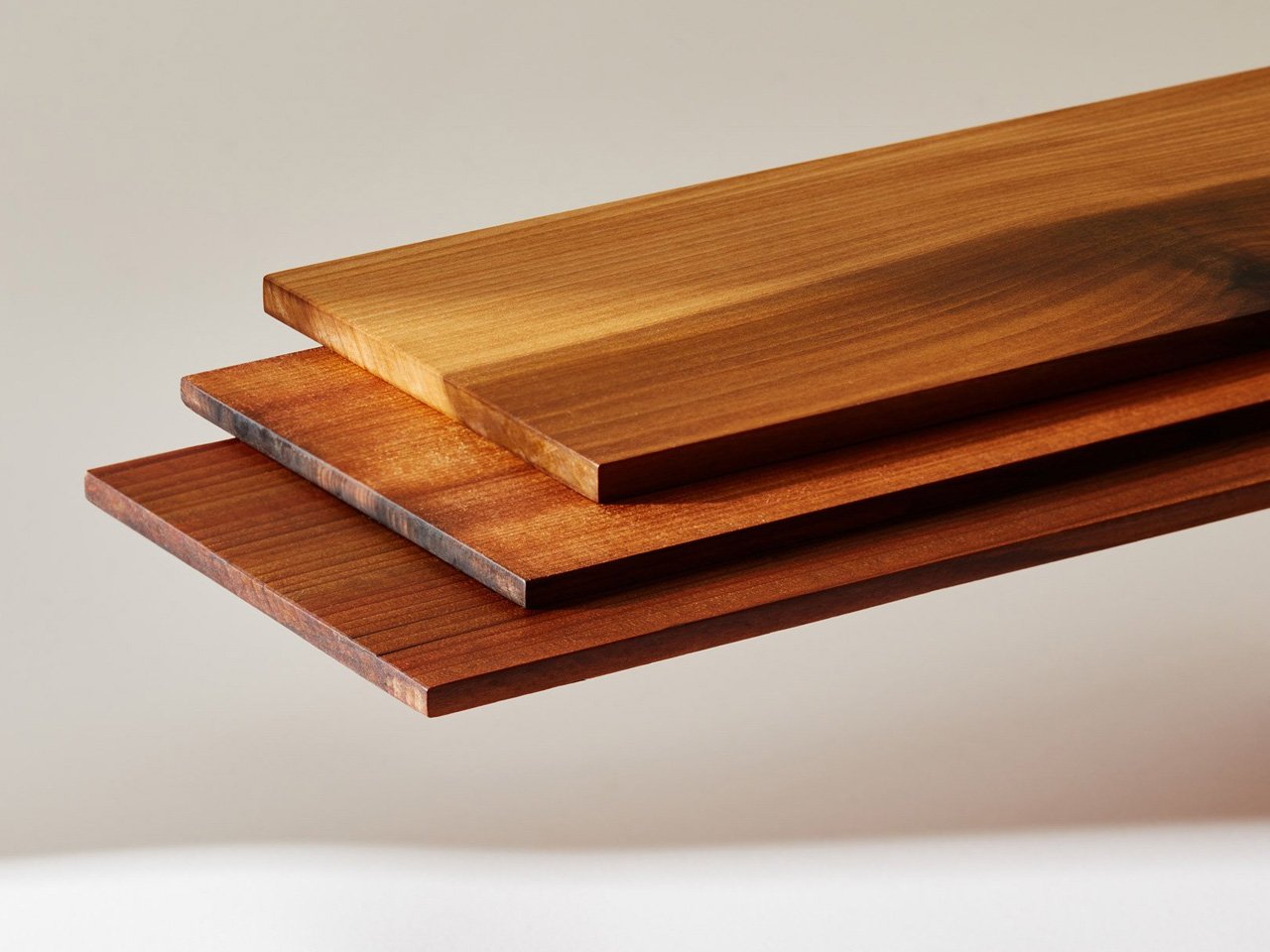InventWood just cracked the code on something that sounds like science fiction. They’ve figured out how to make wood stronger than steel by restructuring it at the molecular level. This isn’t your typical engineered lumber story. We’re talking about a material that delivers 50% more tensile strength than steel while weighing dramatically less. The Maryland startup has raised over $50 million, and its Frederick facility is set to start shipping this summer. Architects who’ve been dreaming of impossibly long spans and gravity-defying structures might finally get their wish.
The performance numbers feel almost too good to be true. Superwood achieves a strength-to-weight ratio that’s ten times better than steel. It’s bulletproof, fire-resistant, and maintains all the warmth you love about natural wood. You can still feel the grain and see the organic patterns that make timber so appealing in residential and commercial spaces. The material opens up design possibilities that were previously off-limits for wood construction. Think soaring cantilevers and dramatic overhangs that would normally require heavy steel frameworks.
Designer: InventWood
What makes this exciting is the sustainability angle. InventWood transforms waste wood and species like poplar, which builders typically overlook, into premium structural materials. Forest byproducts that used to get burned or composted now become the skeleton of your next project. The process supports American forests while cutting dependence on energy-intensive steel production. You’re essentially getting superior performance while doing something good for the planet.
The construction applications stretch far beyond typical framing lumber. Structural beams that once demanded steel can now use wood that performs better and looks infinitely more interesting. Architectural cladding systems gain new possibilities when your exterior materials can handle serious structural loads. The company talks about “biogenic buildings” that marry environmental consciousness with serious engineering performance. Projects can achieve LEED goals without sacrificing the bold geometries that make buildings memorable.
Superwood’s potential reaches into automotive and product design too. That strength-to-weight ratio makes it viable for car components that currently need aluminum or carbon fiber. Furniture makers and product designers could create pieces that combine wood’s natural beauty with performance that rivals synthetic materials. The technology bridges the gap between traditional craftsmanship and modern engineering requirements. It’s rare to find a material innovation that opens doors across so many industries.
Fast Company named Superwood to their World Changing Ideas list, which feels about right. This isn’t just another composite material trying to mimic wood’s appearance. InventWood has fundamentally reimagined what wood can be while preserving everything we love about the original. As architects push harder for sustainable solutions that don’t compromise on performance, Superwood offers a clear path forward. The molecular transformation of our oldest building material creates opportunities that didn’t exist six months ago.
The post Can Wood Replace Steel? Chemically Modified Superwood Makes a Bold Case first appeared on Yanko Design.

